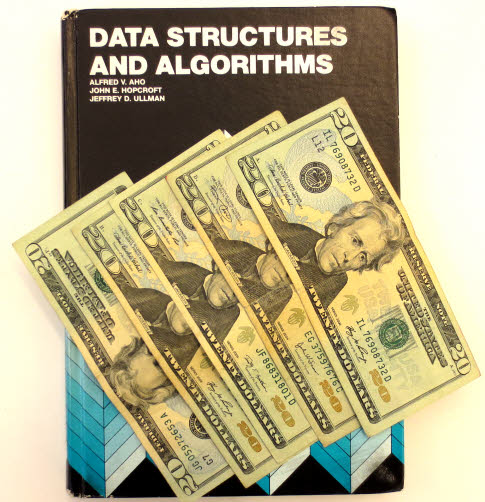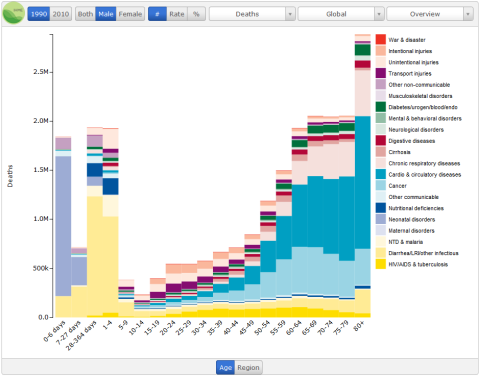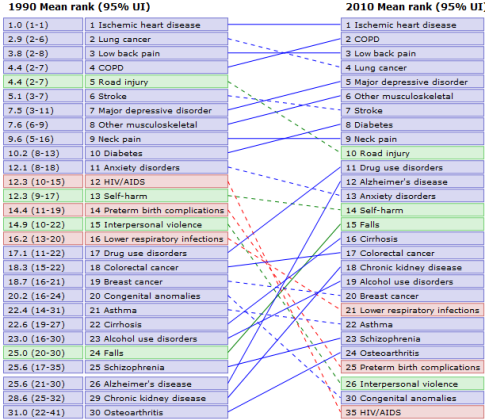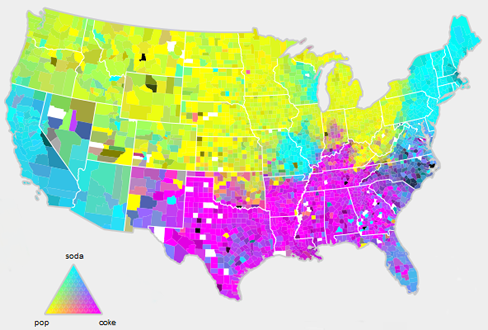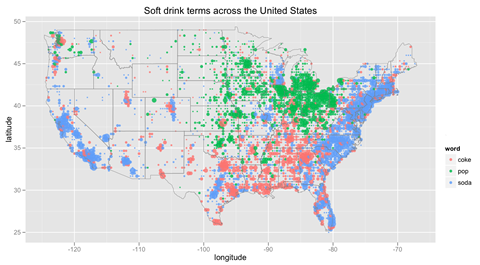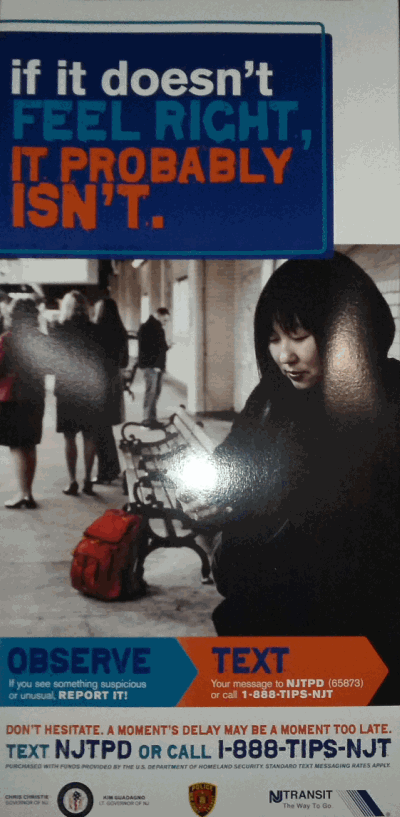Big data: Integrating Marketing, Statistics and Computer Science
 Subscribe to Decision Science News by Email (one email per week, easy unsubscribe)
Subscribe to Decision Science News by Email (one email per week, easy unsubscribe)
CALL FOR PAPERS: MARKETING SCIENCE SPECIAL ISSUE ON BIG DATA
BIG DATA: INTEGRATING MARKETING, STATISTICS AND COMPUTER SCIENCE
SUBMISSION DEADLINE: December 16, 2013
Digital marketing brings unparalleled data on opinions and behavior. Data include structured data, such as numerical data on consumer purchasing, participation in social media, or exposure to online marketing, and unstructured data, such as text, audio, or even video content freely provided by consumers. Because of scale, these data are often called “Big Data,” with principal characteristics of high volume, high velocity, and high variety. High volume implies the need for models that are scalable; high velocity opens opportunities for real-time, or virtually real-time, marketing decision making that may or may not be automated; and high variety may require integration across disciplines with the corresponding sensitivity to various methods and philosophies of research.
The Special Issue draws on recent advances in computer science and statistics to deepen our understanding of consumer behavior and to improve the practice of marketing in data-rich environments. We encourage new research that spans boundaries to address important marketing science topics. Submitted papers might address marketing problems that could not be resolved prior to the Big Data era. Other papers might combine structured and unstructured data for greater insight. Still other papers might use new methods that scale well to big data. We are open to the use of different research methodologies and we are particularly interested in innovative combinations of methods. We welcome scalable methods that mine large volumes of data, but such papers should address validation, say with out-of-sample testing. Field experiments to test new methods are welcome. We welcome machine learning, dynamic programming, adaptive regression, visualization methods, text processing, and other methods if scale can be demonstrated. We are less interested in existing methods applied to existing problems but with large data sets, conceptual papers on the role of big data, or anecdotes of how big data alone provided managerial insights.
Please submit your manuscript online via ScholarOne Manuscripts at http://mc.manuscriptcentral.com/mksc. When choosing Manuscript Type in Step 1 of the submission process, enter Special Issue – Big Data. All papers will go through the standard review process. Questions should be directed to Frances Moskwa, Managing Editor (frances.moskwa at informs.org).
Special Issue Editors
Pradeep Chintagunta, University of Chicago
Dominique Hanssens, University of California, Los Angeles
John Hauser, Massachusetts Institute of Technology
Special Issue Associate Editors
Sinan Aral, Massachusetts Institute of Technology
Anand Bodapati, University of California, Los Angeles
Eric Bradlow, University of Pennsylvania
Theodoros Evgeniou, INSEAD
David Godes, University of Maryland
Dan Goldstein, Microsoft Research
P.K. Kannan, University of Maryland
Peter Lenk, University of Michigan
Rob McCulloch, University of Chicago
Carl Mela, Duke University
Oded Netzer, Columbia University
Koen Pauwels, Ozyegin
Peter Rossi, University of California, Los Angeles
Olivier Toubia, Columbia University





